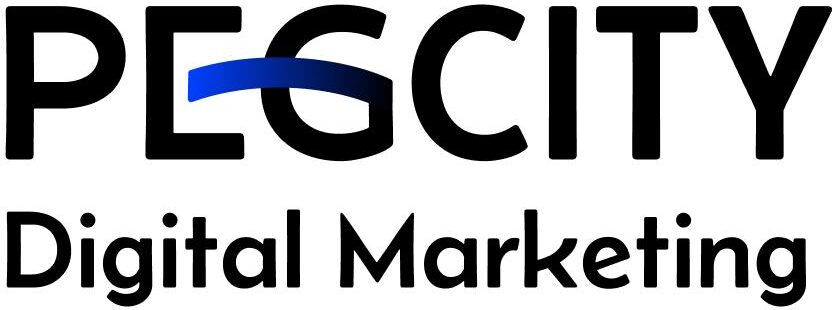What is SEO? Search Engine Optimization (SEO) is the practice of enhancing your website to increase its visibility on search engines like Google. The primary goal is to appear on the first page of search results when potential customers search for products or services related to your business. Unlike paid advertising, SEO focuses on organic (unpaid) traffic, making it a cost-effective strategy for long-term online growth.
Why SEO Matters for Your Business
In today’s digital landscape, most consumers begin their purchasing journey with an online search. If your website isn’t optimized for search engines, you’re missing out on valuable traffic and potential sales. Effective SEO can:
- Increase website traffic
- Enhance brand credibility
- Improve user experience
Boost conversion rate
By investing in SEO, you’re positioning your business to be found by customers actively seeking your products or services.
Key Components of SEO
1. Keyword Research
Identifying the right keywords is foundational to SEO. These are the terms and phrases your target audience uses when searching online. Tools like Google Keyword Planner and SEMrush can help uncover high-volume, low-competition keywords relevant to your business.
2. On-Page Optimization
This involves optimizing individual pages on your website to rank higher and earn more relevant traffic. Key elements include:
- Title tags and meta descriptions
- Header tags (H1, H2, H3)
- URL structures
- Internal linking
- Image alt text
3. Quality Content Creation
Creating valuable, relevant content addresses your audience’s needs and questions. Regularly publishing blog posts, articles, and guides can position your brand as an authority in your industry.
4. Technical SEO
This ensures that your website meets the technical requirements of search engines. Key aspects include:
Mobile-friendliness
Fast loading speeds
Secure connections (HTTPS)
Structured data markup
5. Backlink Building
Earning backlinks from reputable websites signals to search engines that your content is trustworthy and valuable. Strategies include guest posting, partnerships, and creating shareable content.
6. Local SEO
For businesses targeting specific geographic areas, local SEO is crucial. This involves optimizing your online presence to attract more business from relevant local searches. Key tactics include:
Claiming and optimizing your Google Business Profile
Managing online reviews
Ensuring consistent NAP (Name, Address, Phone number) information across directories
SEO Best Practices
Focus on user experience: Ensure your website is easy to navigate and provides valuable information.
Optimize for mobile: With the majority of searches happening on mobile devices, a responsive design is essential.
Use analytics: Tools like Google Analytics and Google Search Console help monitor performance and identify areas for improvement.
Stay updated: SEO is ever-evolving. Regularly update your strategies to align with the latest search engine algorithms.
What is SEO? Conclusion
SEO is a powerful tool for building your brand’s online presence and driving long-term business growth. By understanding and applying SEO best practices, you can reach more customers, increase your website traffic, and stand out from the competition.
Ready to take your online visibility to the next level?
PegCity Digital Marketing specializes in custom SEO strategies tailored to your business goals. Contact us today to get started and see real results with your digital marketing efforts!



